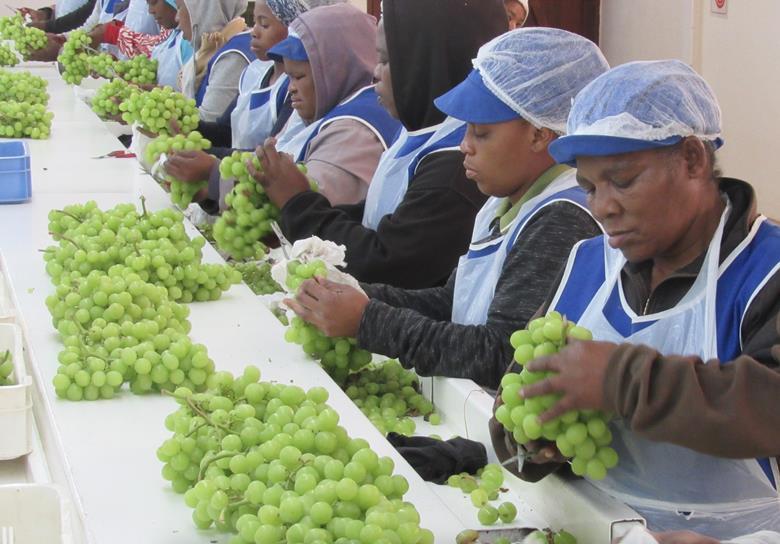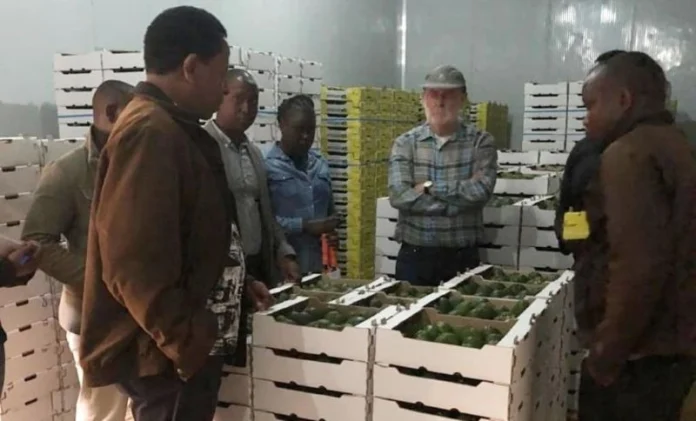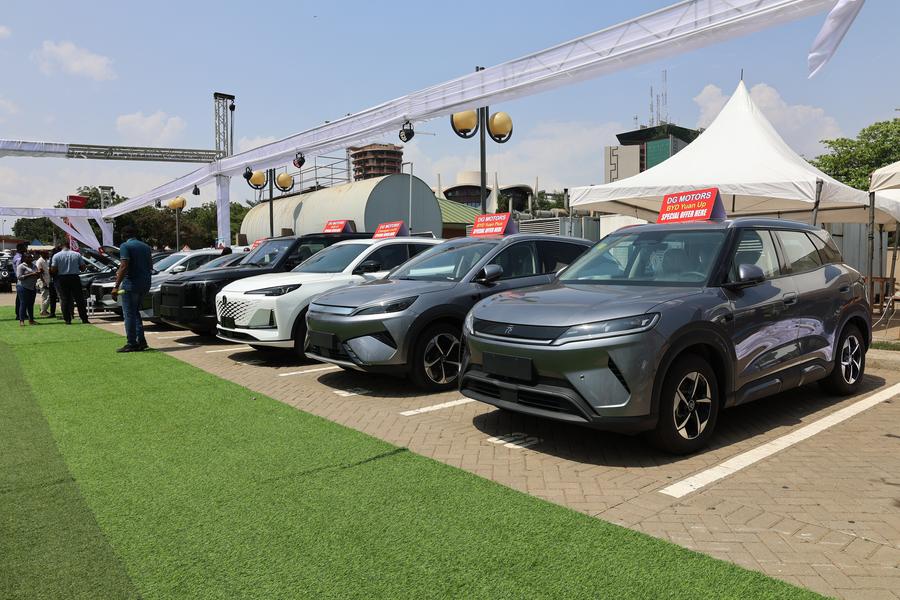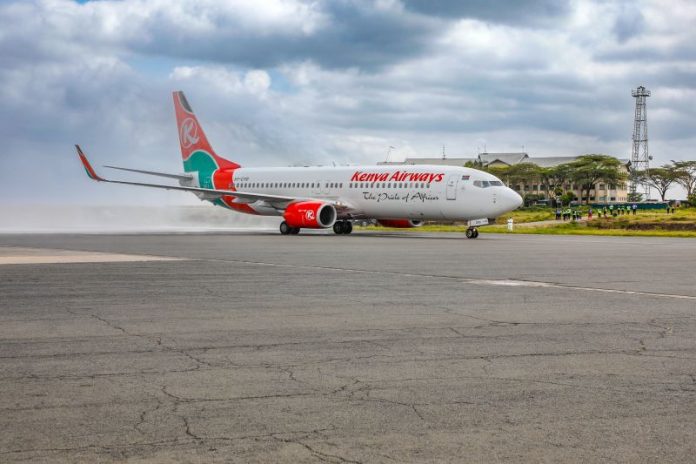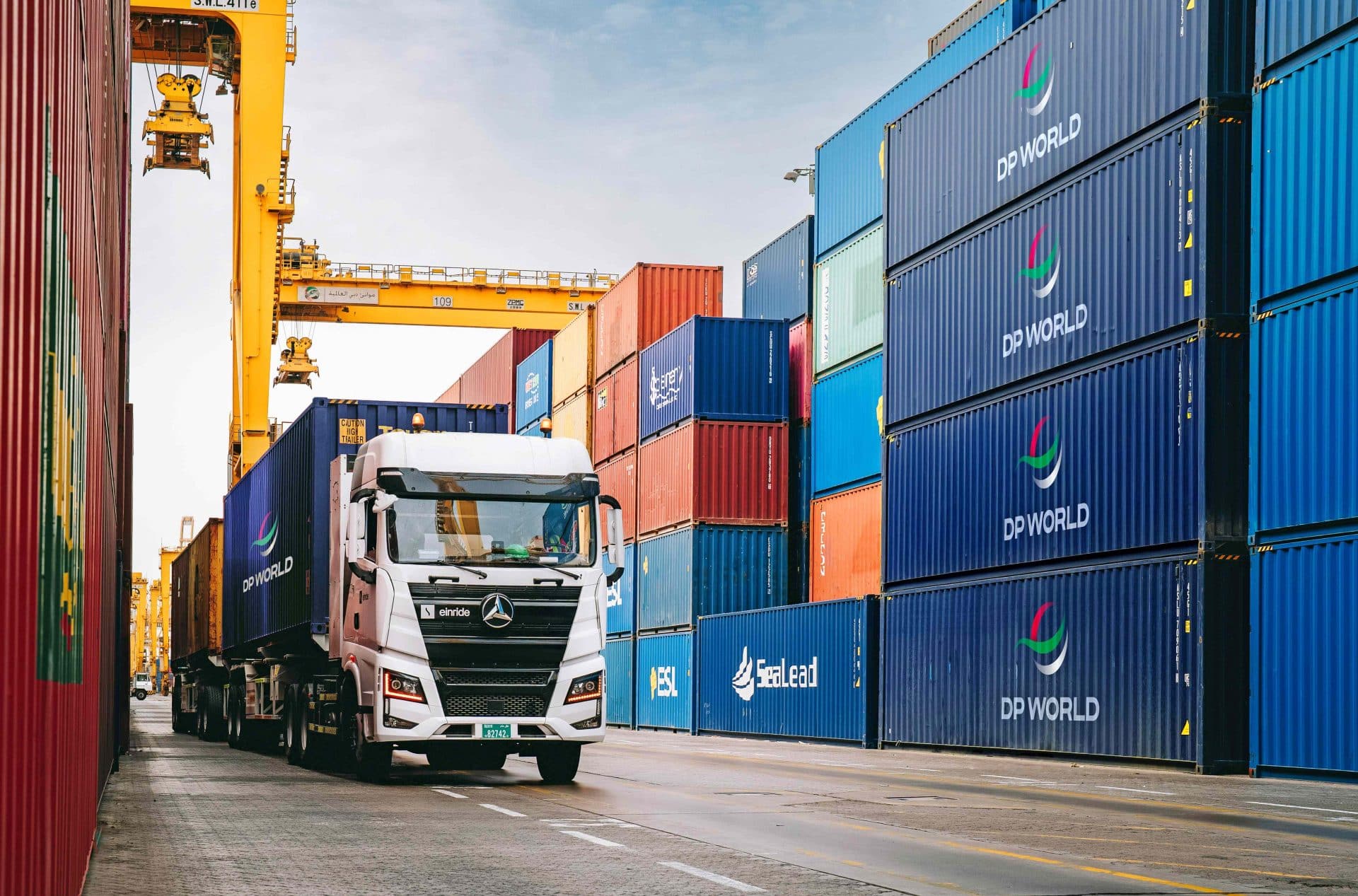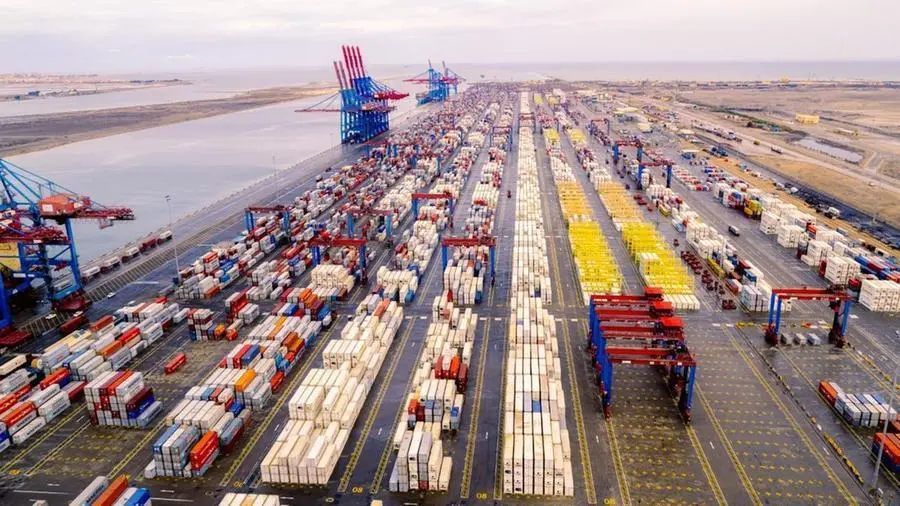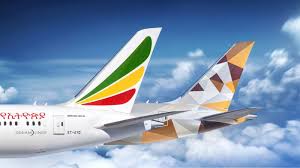Logistic Other

Airbus cargo outlook shows 3.3% annual growth and new corridors on the rise
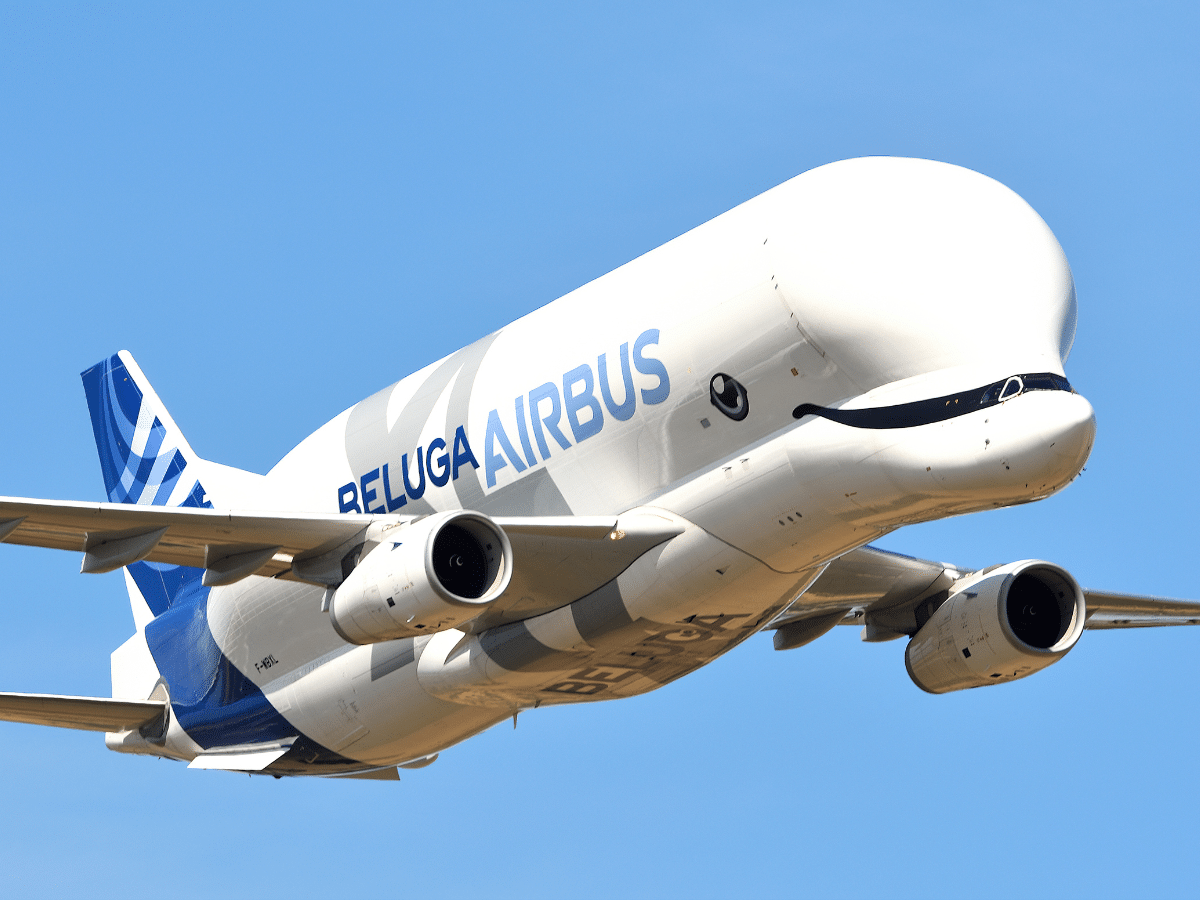
Air cargo is entering a phase of measured expansion. According to Airbus’s 2025 Global Market Forecast (GMF), worldwide freight volumes are set to grow at an average of 3.3% annually through 2044, effectively doubling over two decades. Yet this growth will not simply translate into more aircraft flying; it will reshape the geography of logistics. The forecast points to a structural realignment of trade corridors, with the Middle East positioned as a primary connector between new industrial and consumer economies.
For logistics operators, the implications are strategic. The outlook suggests that the region’s future competitiveness will depend less on the number of freighters available and more on how efficiently it can organise the flows enabled by those freighters. Corridor design, intermodal integration, and infrastructure agility are emerging as the decisive factors in a market that is becoming broader and more distributed.
A changing geography of trade
The GMF identifies Asia–Pacific and North America as the most significant sources of future freighter demand, accounting together for almost two-thirds of new aircraft requirements. But the most dynamic growth is expected along the routes linking Asia to the Middle East, and within the Middle East itself. Airbus projects annual traffic increases of 5.3% on Asia–Middle East lanes and 5.2% on intra-regional routes, among the fastest in the world.
These projections confirm a broader trend. Manufacturing activity is spreading beyond traditional centres in China toward emerging economies such as Vietnam, Indonesia, and India. At the same time, new consumption hubs are taking shape in Africa and Latin America. The pattern of trade is becoming more multipolar, creating new opportunities for air logistics networks to connect these new nodes efficiently.
In this environment, the Middle East’s location becomes more than a geographical advantage; it is an organisational one. The Gulf already serves as the meeting point of east–west and north–south flows. As production decentralises, the region’s role will increasingly hinge on its ability to manage the timing, processing, and regulatory complexity of cross-continental cargo.
Corridors over capacity
Much attention in recent years has focused on the number of freighters the world will need. Airbus’s forecast for a 45% expansion in the dedicated freighter fleet, reaching 3,420 aircraft by 2044, is significant. But more consequential development lies in how this capacity will be deployed.
Two-thirds of the additional aircraft entering the market over the next 20 years will be passenger-to-freighter conversions. These smaller and medium-sized aircraft allow airlines and logistics firms to serve secondary corridors with greater flexibility and lower cost. For the Middle East, which already operates some of the youngest and most versatile fleets globally, the opportunity is to use this adaptable capacity to reinforce corridor networks rather than to chase scale for its own sake.
Building corridors means synchronising schedules, customs processes, and landside operations across multiple jurisdictions. Predictable dwell times and consistent documentation standards increasingly determine which airports win or lose new flows. A hub that can guarantee a two-hour turnaround for priority shipments or provide pre-arrival customs clearance gains an operational edge more valuable than adding marginal capacity.
Product-led logistics
The growth projected by Airbus will not be evenly distributed across all cargo types. Three product categories stand out as primary drivers: e-commerce, pharmaceuticals, and high-value industrial goods. Each demands a distinct logistics architecture.
E-commerce volumes from Asia require rapid ground handling and short turnaround cycles between airside arrival and last-mile distribution. Pharmaceutical shipments, often moving through Gulf hubs en route to Africa and South Asia, depend on certified cold-chain infrastructure and temperature-controlled handling. High-value manufacturing components, from semiconductor equipment to aerospace spares, demand precision, documentation integrity, and time-definite delivery rather than speed alone.
For Middle Eastern logistics hubs, aligning investment with these product verticals offers a more resilient growth path than generic capacity expansion. The facilities that will define the next phase of competitiveness are not necessarily larger warehouses, but integrated sortation, temperature-controlled storage, and multimodal connections that can accommodate these specific flows.
Efficiency and sustainability
Airbus’s data links the growth of air cargo directly with efficiency improvements. New-generation aircraft such as the A350F and A330P2F deliver fuel-burn reductions of 20-25% compared with previous-generation freighters. Combined with a gradual shift to sustainable aviation fuel, these technologies will lower emissions intensity per tonne-kilometre, a factor that is becoming material in logistics procurement.
As shippers adopt formal emissions-reporting requirements, logistics providers will need to demonstrate verifiable sustainability performance. This will encourage carriers and airports to invest in SAF supply chains, electrified ground operations, and digital tracking systems that can quantify carbon performance across the transport chain. In practice, emissions transparency may soon become as decisive a tender criterion as transit time or cost.
For Middle Eastern operators, this presents both a challenge and a differentiator. The region’s modern fleets already offer relatively low average aircraft age and high operational efficiency. Embedding SAF and emissions-reporting capabilities into those networks could secure long-term advantages as multinational clients pursue net-zero commitments.
Integration and digital discipline
The reshaping of air cargo geography also demands deeper integration across transport modes and data systems. As Airbus’s forecast highlights the expansion of trade between dispersed production and consumption zones, the ability to coordinate sea–air and road–air connections will determine throughput efficiency.
Digital interoperability remains uneven across the sector. Real progress will come from harmonising data standards between airline systems, warehouse management platforms, and customs authorities. The emphasis is shifting from experimental technology projects to disciplined implementation of shared data pipelines, exception management, and milestone visibility.
For regional logistics ecosystems, this integration will be the enabling layer that turns growth forecasts into operational reliability. Gulf airports are already investing in smart-corridor programmes that link cargo management systems with customs and free-zone operators. As trade volumes increase, such coordination will define whether the Middle East remains a transit point or evolves into a fully integrated logistics platform.
A strategic inflexion point
The 2025 GMF portrays a cargo market that is expanding steadily but also maturing. The opportunities are significant, yet the margin for inefficiency is narrowing. In the Middle East, the next decade represents an opportunity to transition from a volume hub to a network orchestrator, managing flows across multiple products, regions, and modes with precision and accountability.
The region’s logistics growth will therefore depend less on the number of aircraft added to the global fleet and more on the ability to manage the corridors those aircraft serve. Predictability, emissions transparency, and integration will shape the competitive landscape as much as physical infrastructure.
Airbus’s long-term forecast does not simply predict more cargo; it outlines a new logistics geography. In the Middle East, success will come from coordination and discipline, from building corridors that match the pace and complexity of modern trade. The expansion of global capacity is only the beginning. The decisive advantage will belong to the networks that can move that capacity with precision.



